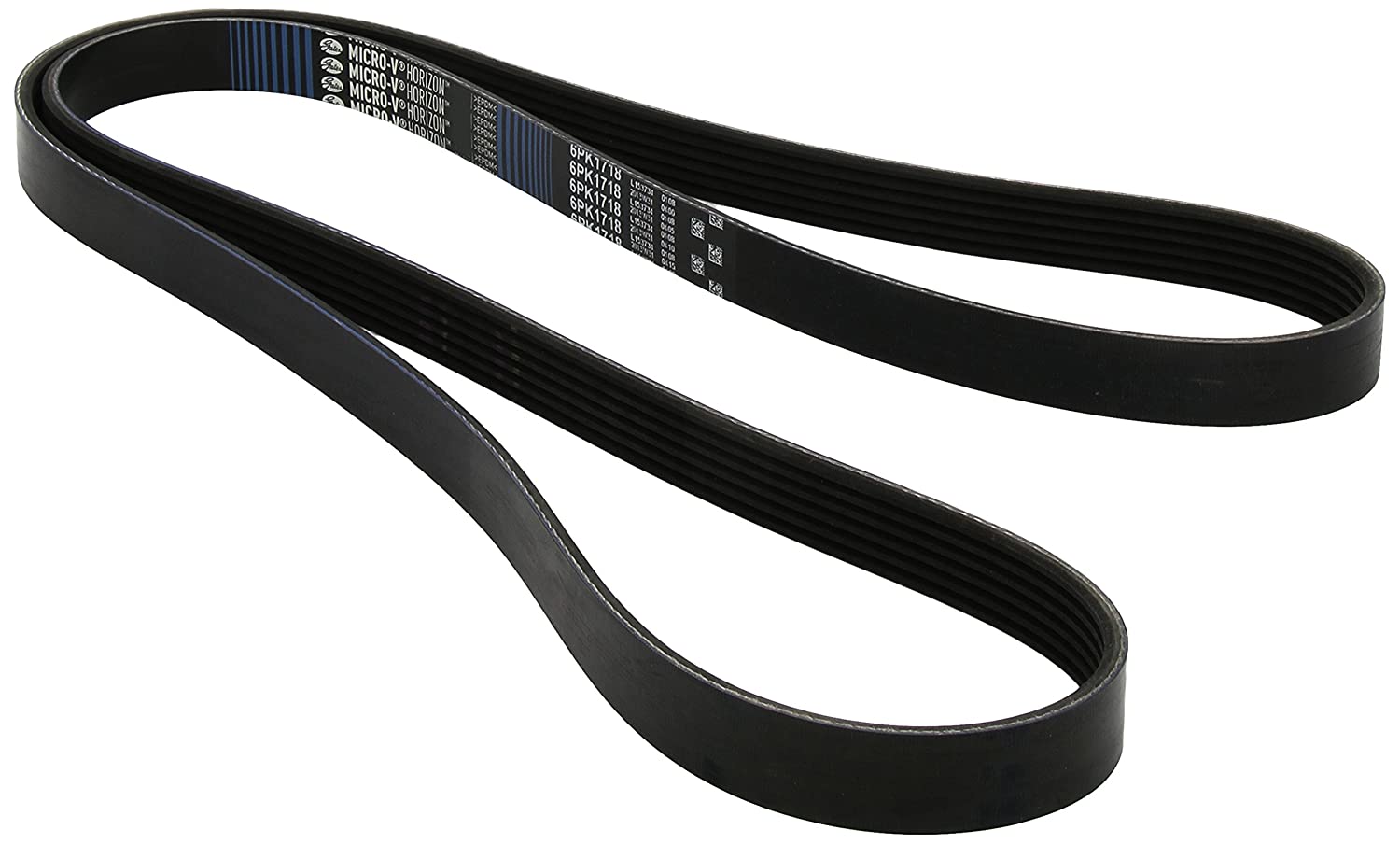Over the last decade or so, several research groups have investigated the performance and longevity of power transmission belts.There have been most studies on synchronous and V-ribbed belts, with the most attention being paid to the problem or application of belting technology. Synchronic and V-ribbed belts are reviewed in this paper to get a more comprehensive grasp of how the understanding of belt material, mechanics, and failure mechanisms has developed in recent years.One of the most important studies that have an advanced understanding of belt behaviour is that which aimed to integrate the various materials, mechanics, and failure analysis theories into a clear and coherent picture of how a belt performs and fails. To date, however, none has been able to accomplish this completely, despite the increased interest in correas de transmisión behaviour driven by an improved understanding of how belts behave as composites.

Advantages of Transmission Belts:
- With a belt drive, it is easier to bring two shafts closer together than with a gear drive.In bicycles, where a relatively large distance between the pedal and the rear wheel has to be covered, chain drives also offer this advantage
- In addition to frictionally operating correas de transmisión, such as flat belts and V-belts, they also provide a natural overload function
- With a slipper, contrary to gear drives, the belt slips through when it is overloaded (sliding slip).It prevents major damage from occurring to the transmission
- If the belt is damaged, not the entire gears and shaft will need to be replaced as if the gear drive had been damaged
- A belt drive also has the advantage of being elastic as opposed to rigid gears.In the event of sudden torque fluctuations, this provides good dampening characteristics shock absorption
- In grinding plants or stone crushers, for example, belt drives are used to maximize efficiency.As a result, the starting and stopping behaviour is also moderated accordingly and does not jerk as much as with rigid gear drives
- Although an elastic belt has high elasticity, it also contributes to a large amount of elastic slippage.Therefore, belts should not be too elastic, but they also shouldn’t be designed too inelastic, because otherwise, they would lack the positive shock absorption properties
- As long as the axes run in parallel with each other, belt drives have an advantage over gear drives in that they are insensitive to angular misalignment
- As a rule, such a misalignment is even conscious. This makes it simple to divert the course of a turn.
- On the off chance that the pivot of the result shaft is turned by 180° and the belt is crossed, the first heading of revolution can undoubtedly be switched
- As opposed to an open belt drive, this is additionally alluded to as a crossed belt drive















